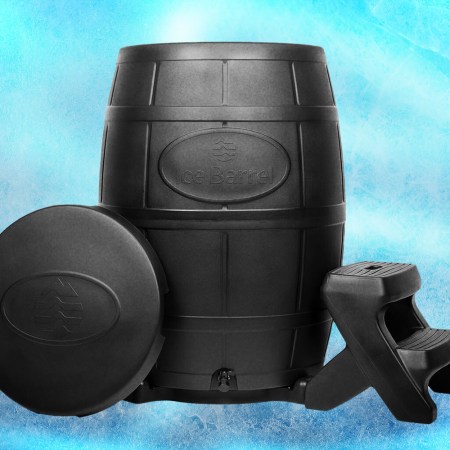The military isn’t without its eating disorders.
Recent research has exhibited that the chaotic eating schedules of soldiers have a deleterious impact on their dietary habits, contributing to a rate of disorders (like bulimia, in particular), that’s above the American average. Still, even within the military — where restrictive eating is common, in order to meet inane fitness requirements — soldiers aren’t skipping meals as called for in the infamous “military diet.”
Considered one of the most well-known examples of a very-low calorie diet (VLCD), the military diet is a three-day plan meant to help dieters lose 10 pounds in a week or less. It outlines a 1,400-calorie day, a 1,200-calorie day and a 1,100-calorie day, followed by four days of “normal” consumption. This pattern, proponents say — and there are many of them across social media — should be repeated on a weekly cycle for a month, or until you’re satisfied with your weight loss.
Following the diet doesn’t just mean eating shockingly little, though; it also means sampling an extremely small corner of the food pyramid. This is what a sample day looks like (the full slate of proposed meals is ubiquitous online, check it out here):
Breakfast
- half a grapefruit
- one slice of toast
- two tablespoons of peanut butter
- one cup of caffeinated coffee or tea
Lunch
- half a cup of tuna
- one slice of toast
- one cup of caffeinated coffee or tea
Dinner
- three ounces of any meat
- one cup of green beans
- half a banana
- one small apple
- one cup of vanilla ice cream
Just to be clear, that’s the heaviest day. While this diet has absolutely zero affiliation with the military, it’s likely that the “military” moniker lends it an air of credence. Fitness buffs, used to trying out special ops-style workouts and the like, perceive this sort of calorie-cutting as another challenge they can defeat for online clout. (The irony, though, is that even if someone were trying to accurately eat like a soldier, that wouldn’t be a healthy, sustainable diet, either.)
The military diet is dubious diet, at best, and one that will likely lead to weight gain in the long run. Consider: it’s impossible to effectively exercise on so few calories. While your weight may drop in the short-term, that’s because you’re losing water weight and suffering from muscle atrophy, in addition to cutting some fat. And once the “normal” eating days resume, it’s difficult not to load up on all the cravings you were denying yourself for the previous three days.
One interesting perspective across the internet? The number of women who say they recognize this diet, and have employed it countless times in their own lives, in order to quickly lose weight. This sort of “yo-yo dieting” might seem necessary when someone feels like they’ve run out of time to look a certain way for a big day, but ultimately, it’s going to cause the body tons of undue stress.
This isn’t to say that calorie-cutting and intermittent fasting aren’t effective. Both have been linked to longevity. But turning into a monk and eating only grapefruit for three days a week isn’t the answer; plugging in a healthy, everyday menu of whole grains, leafy greens, fruits, beans and fish is the best way forward. When in doubt, recall these two quotes: A) “Eat colorfully,” and B) “Eat food, not too much, mostly plants.”
Thanks for reading InsideHook. Sign up for our daily newsletter and be in the know.


















